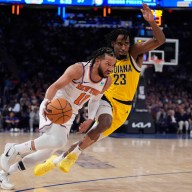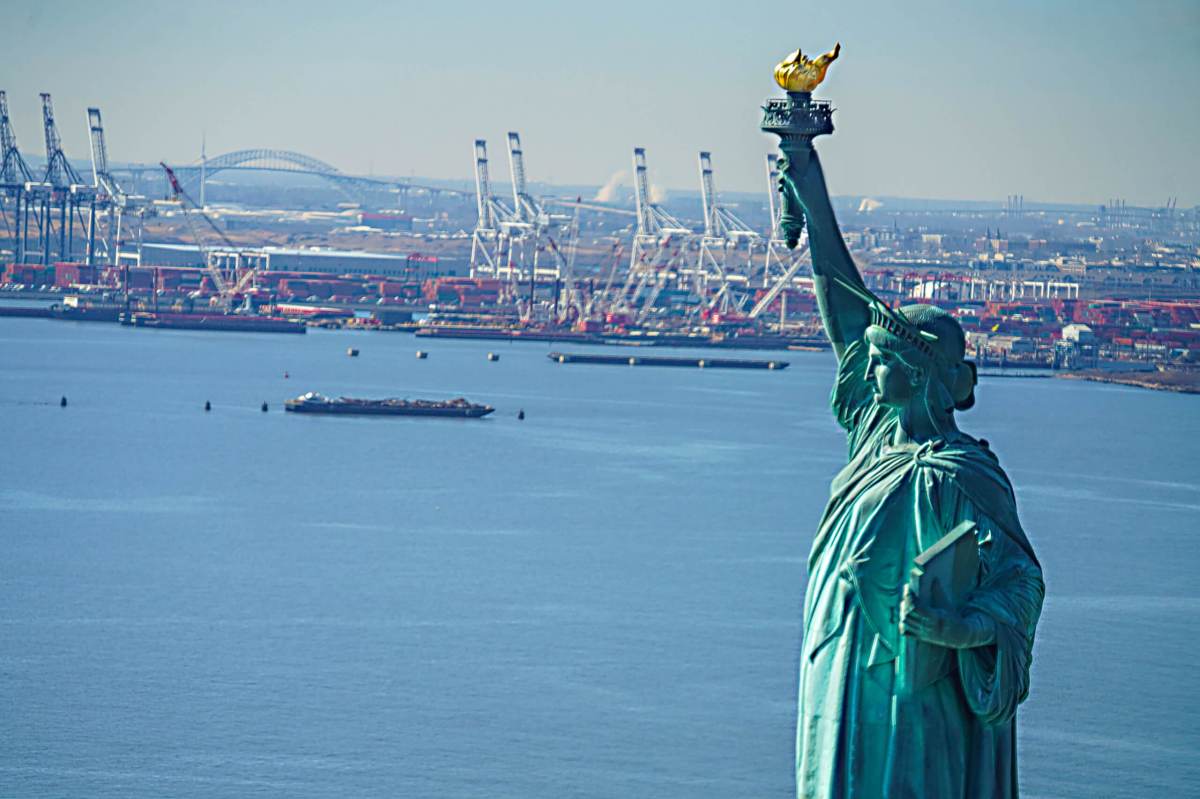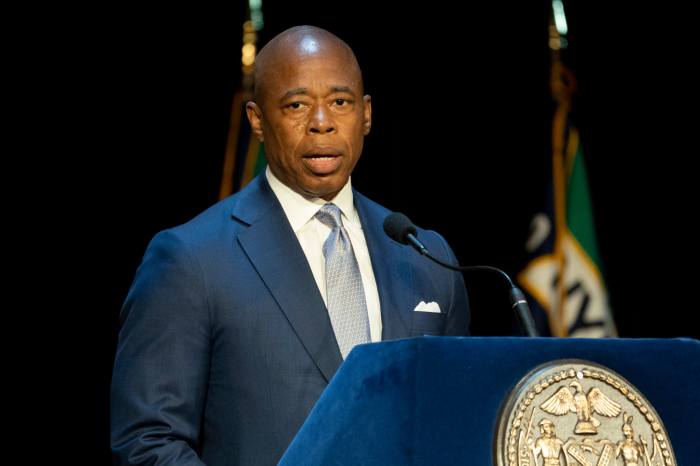The introduction of Volvo’s all-new XC60 also marked the launch of City Safety. The system brings the car to a complete halt when driving at low speeds if it detects a large object in front, such as a car that’s stopped ahead.
To that, Volvo now adds a feature that can detect pedestrians, both those who have stepped in front of the car, and those who may be about to do so. Its first application is on the all-new Volvo S60.
“It uses radar and a camera to monitor not only what you have in front of your car, which is usually another vehicle, but it also looks wide, so it can see at the side of the road where you usually have pedestrians,” says Thomas Broberg, senior technical adviser for safety for Volvo Cars.
“The car has ‘eyes.’ What’s new, compared to the previous generation, is that it not only looks far ahead, but will also look closer and wider.”
The car uses radar to identify objects on the side of the road; when it does, the camera steps in. It’s trained to recognize human shapes such as heads, arms and legs. If the object is indeed a person, the car issues an audible warning and displays a red light in the windshield ahead of the driver. If the driver doesn’t react and the collision is imminent, the car comes to a full stop. The system works at speeds up to 35 km/h.
Designing it wasn’t easy. “We’ve been driving in city environments with the technology for a couple of years now, recording what the system would see,” Broberg says. “We’ve had people walking in front of the car with different types of clothing; we’ve collected data in major cities like London and Paris. During the development period, we had to adjust it so that what the camera sees is really a pedestrian and the car takes the right action, so that it doesn’t identify something else. You don’t want your car to brake every time it sees a mailbox.”
The system only warns and stops when a collision with a pedestrian appears imminent: it calculates the predicted path of the pedestrian in relation to the path of the car and its speed.
“Even if it recognizes all the pedestrians around the car, it will not do anything until it realizes that there is a risk of a collision,” Broberg says. “The easy part is making the car brake itself. The hard part is making sure it doesn’t brake when it isn’t supposed to.”

















